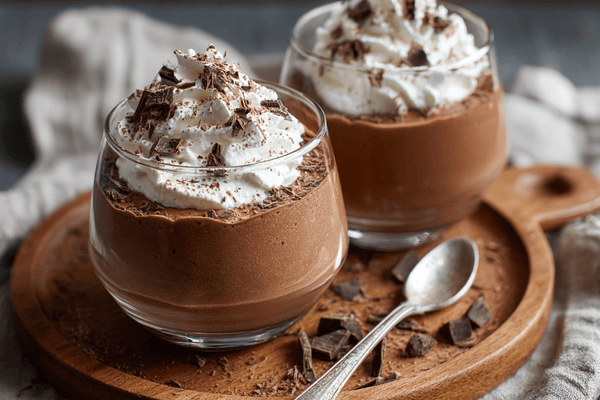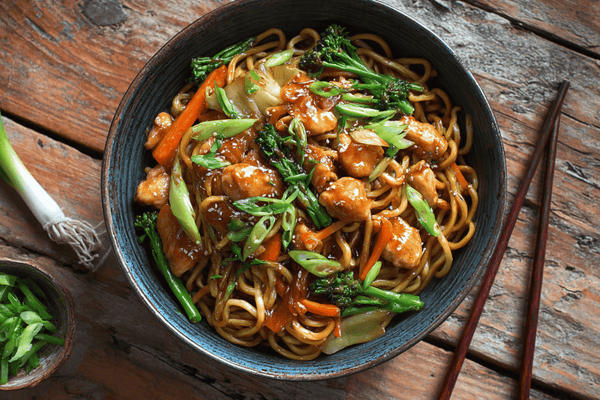
Japanese chef knives are typically high quality and often relatively expensive purchases. There are a range of knives with different sizes and cutting purposes and when looking into your first Japanese chef knife, it can often be confusing trying to decide what knife is best for you.
We like to think we have a pretty good handle on what Japanese chef knives are best suited to beginners or first-time buyers and there are two knives in particular that are ideal for a first knife.
A Santoku or Gyuto knife is the ideal size knife for a first buy. These knives are great multi-purpose knives and are the Japanese equivalent to a Western chef's knife, these knives range in sizes from 6” - 12” blades with 8” - 10” being the most commonly used making them ideal for most mincing, dicing, slicing and chopping needs.
While we understand that choosing your first Japanese chef knife can be a big investment, the decision can easily be narrowed down but looking at a few specific factors that will influence the size and type of knife that you’ll need.
In this article, we will run through what you need to consider when getting your first Japanese chef knife and help you decide what knife will be best for your own personal requirements.
Table of contents
What Size Japanese Chef Knife Should You First Buy
A Japanese chef knife is a serious purchase for those that are looking to build up a high-quality knife collection. Japanese knives are lighter, sharper, and often more aesthetically appealing than a Western equivalent and allow for precise cutting that is often unrivaled.Therefore when choosing your first Japanese chef knife, the size of the knife is only one of the factors that you need to consider. When looking to purchase a Japanese chef knife size may only be one single factor but it’s still quite a significant factor.
Most Japanese knives are manufactured to specialise in one specific area and this is why master chefs have an extensive range of knives to cover the majority of their cutting needs. As a relative beginner, you should look for a knife that has a multi-purpose use and the size will often dictate this.
Take a paring knife as an example, these knives are very common in Japanese culture and are used primarily for chopping vegetables. The blades on these knives however, are 3” - 4” in length and are therefore used for more precision cutting. This is very specific and therefore not the best size when it comes to having a more versatile chef’s knife.
Below we are going to cover what we feel are the two most ideal Japanese chef knives for a first buy. Both are universal in use, meaning they can be used for a variety of cutting techniques as well as being used for a variety of food types.
These are the two knives that are most closely related to a Western chef's knife and you’ll find that the size, as well as other characteristics, is what makes them the most popular kitchen staple.
Santoku

A Santoku knife is one of the most popular Japanese chef’s knives worldwide. The word Santoku can be translated to mean “three virtues” or “three uses” and is one of the most versatile chef knives that you can own.
A Santoku knife can mince, dice, slice and chop and is well balanced and suited to cutting meat, fish and vegetables. It’s this balance that means you can use this knife for 90% - 99% of most cutting tasks and it’s, therefore, ideal for a first purchase.
The Santoku knife is actually an adaptation of a Western chef’s knife and has taken on more Western characteristics to make it well-suited to both the Japanese and Western world.
A Santoku knife features a double bevel edge similar to Western knives however it utilises Japanese manufacturing techniques to still maintain a sharp edge often having a steep 15-degree angle to form the edge on each side of the knife.
Santoku knives will often range in size from 6” - 8” (152mm - 203mm) with the most common size being an 8” blade. This is a size most common in commercial Western use and this allows for a wide range of cutting versatility, it will easily handle most vegetable and meat cutting making it the perfect size for your first Japanese chef knife.
The only point to consider with a Santoku knife is that an 8” blade is not ideal for use with larger meat or vegetables, if this is something you frequently work with then the Gyuto is another excellent choice for a first Japanese chef knife.
The Santoku knife is now one of the most gifted or purchased chef knives for a first kitchen knife and should therefore be your very first consideration.
Gyuto

The Gyuto knife is the traditional Japanese chef knife that is designed to be multi-functional and while many see this as the ideal chef knife, it’s actually become less popular than the Santoku (which can be found in more Japanese homes these days).
Gyuto knives are typically longer than the Santoku at 8” - 12” and are better suited to tackling more meat and fish cutting needs. It’s best to test out some knives to find which blade length is best for your own comfort levels however an 8” or 10” blade is typically the most commonly used.
A Gyuto is an efficient/ergonomic chef knife due to the curved edge, this allows for chopping to be done in a rocking motion and the blade length supports this in order to reduce fatigue and typically make chopping ‘easier’ which you should keep in mind as a first-time buyer.
How to Build a Knife Collection
When looking to build a knife collection, your first Japanese chef knife is likely be a Santoku or Gyuto (hopefully we’ve provided enough information above to justify this) which are versatile and will cover the majority of your cutting needs.They offer precision and a blade size that is suitable for a high percentage of cutting uses. As soon as you are ready to build a collection, however, you should then look to add some of the following knives to offer a variety of cutting that the chef knives above cannot cater to alone:
● Paring (Petty): Has a blade length of 3” - 4” and is ideal for precision chopping with vegetables

● Usuba: A knife that is excellent for making thin and decorative cuts, particularly for vegetables and sushi. Blade lengths for these knives are typically 7” - 9”

● Deba: A Deba knife is used for preparing and slicing fish for sashimi or sushi and has a pointed top with a typical length of 7”. It is ideal for most home use.

There are of course a range of other specialty knives with a range of blade lengths and cutting uses, however, selecting a Santoku or Gyuto and then gradually adding some of the above to your collection is a perfect progression to a more complete collection.
Final Thoughts
If you are unsure about what size knife you need, the most commonly used blades in both the Western and Japanese kitchens are 8” and 10” knives. These offer the most versatility by combining precise cutting capability with larger cutting tasks for meat and fish.The two knives that are going to be the best for providing this are the Santoku and Gyuto. You really can’t go wrong with one of these Japanese chef knives and they will cover the majority of your cutting needs until you are ready to add to (and start building) your full Japanese knife collection.
Trust us, even if you don’t intend on building a knife collection, owning your first Japanese chef knife will certainly give you a sense of pride and excitement to build a collection!
FAQs
Q: How many different types of Japanese chef knife are there?
A: There are hundreds of different types of Japanese chef knives to suit innumerable purposes. Please visit our blog articles to read about the differences between them to help you in your choice.
Q: Are Japanese knives worth it?
A: Yes. Properly cared for, a Japanese chef knife will last up to 15 years and the sharpness will be better maintained than that of a cheaper, non-stainless steel blade.
Q: Does having a proper chef knife make a big difference?
A: Yes. A cheap blade will tear the ingredients or bend and not cut through, whereas a high-quality (often Japanese) knife will do what you want it to do without so much effort on your part. A serious cook will tell you that having a high quality chef's knife in your kitchen is an absolute necessity.
Q: Why are Japanese knives so good?
A: The Japanese are famous for making the very best swords and knives throughout the ages. Thinner, harder, sharper are the important trio of attributes for an excellent kitchen knife. A Japanese knife has thinner, sharper bevels made of harder steel that keep their edge for longer.


